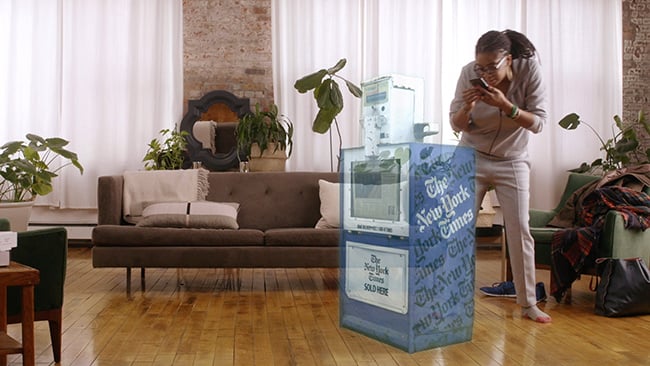
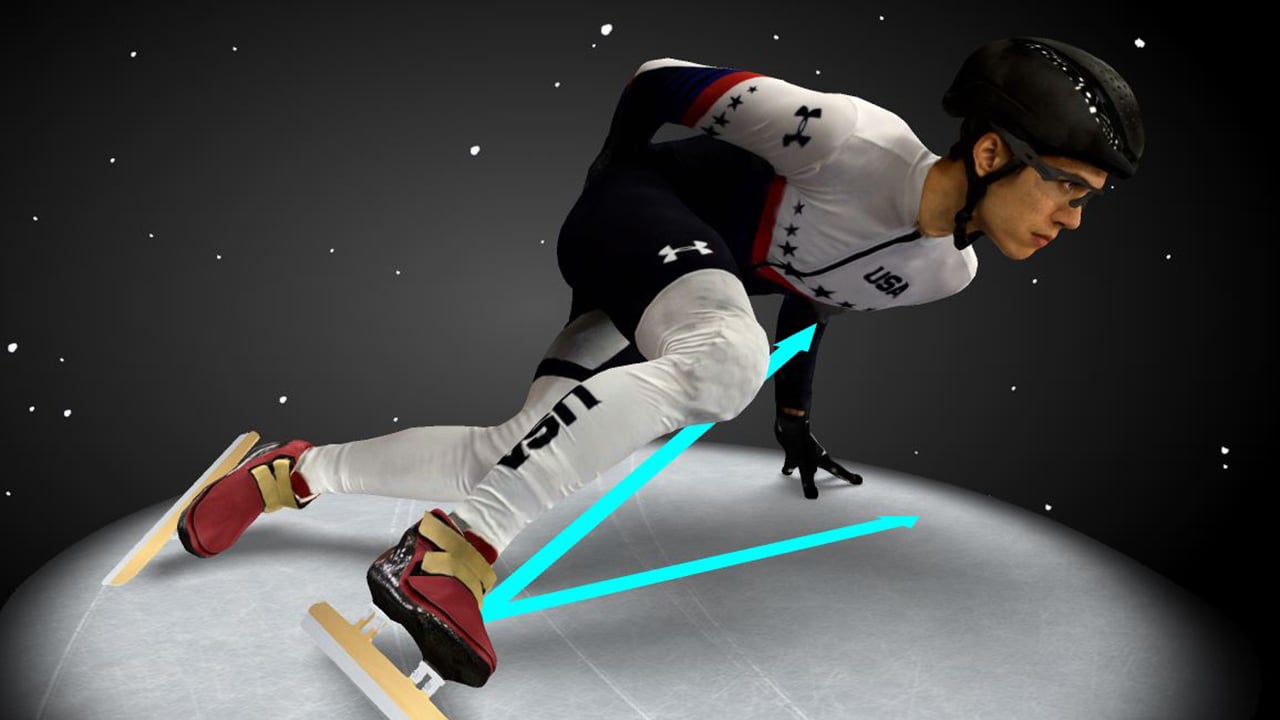
Both the New York Times and the BBC have recently launched AR apps to supplement news coverage. Unlike some early false starts in AR for news, these latest apps show that we’re beginning to understand what really works in AR.
Back in September 2015, The New Yorker published a parody video introducing a “mind-blowing VR app” in which users could read a digitally recreated copy of a physical magazine in a virtual world. How novel!
The humorous video is a reminder that technology shouldn’t be used simply because we can, but instead to better serve the user.
What makes this more than two-year-old video relevant again is that earlier this February, both the BBC and the New York Times announced the launch of new augmented reality apps – and they actually seem to be employing AR-technology the right way.
The Times’ AR app, currently only available for iOS devices, will be used to enhance its print articles and “bring the news into your home.” One of the first AR experiences accompanies the media company’s 2018 Winter Olympics coverage, giving users a chance to see a handful of athletes mid-performance, in three dimensions, at scale, from various angles.
The BBC’s AR app, launching soon for iOS and Android, will accompany its upcoming Civilisations series airing this spring on BBC2. The series explores the foundations of British culture, while the app will give users a chance to explore virtual recreations of a number of artefacts from their smartphones.
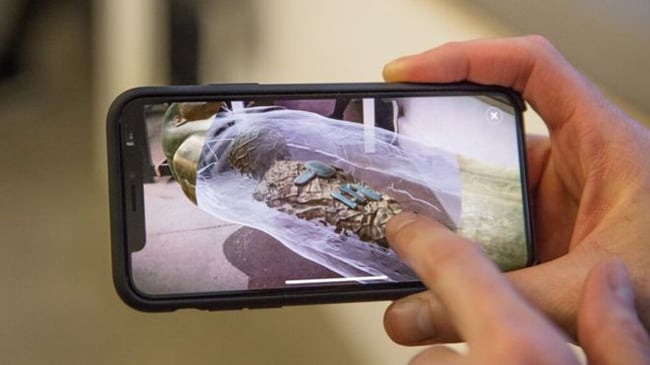
The BBC’s AR app, launching soon for iOS and Android, will accompany its upcoming Civilisations series airing this spring on BBC2. Image courtesy of the BBC.
To me, what’s most exciting about these announcements is that both are compelling use cases of the medium that actually offer the reader something new, different, and useful.
For example, the BBC AR app offers a number of unique tools for users to dive deeper into the exhibits of more than 30 museums. For example, magic spotlight will identify images, audio and annotations with additional information about each piece, x-ray gives users the chance to see inside an object, restoration allows them to rub their screens to restore faded sculptures or shine up metal chalices, and navigation to browse AR items geographically with an AR globe.
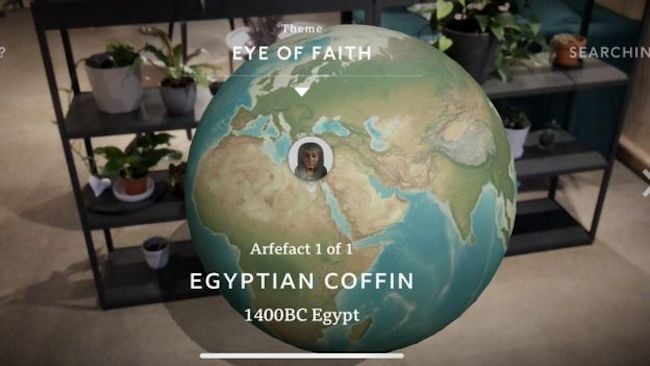
The BBC’s app allows users to search geographically for artifacts to explore. Image courtesy of the BBC.
These announcements illustrate a few things. Firstly, it shows that early experiments in AR were successful enough to devote more resources to the medium. Secondly, media organisations are beginning to understand what types of content benefit from AR components. And thirdly, AR is becoming better, easier, and less clunky for audiences to access.
Predating the launch of the Times’ AR-specific app, the media company launched a one-off AR experience, Outthink Hidden, in January 2017. Inspired by the movie Hidden Figures, the app was similar to Pokémon Go but instead of catching Pokémon, users uncover math- and science-related stories around their city. Despite its relatively low rating in the App Store, one must imagine NYT must have realised some benefit from their early experiments to charge onward with their own standalone app.
Now, within the first week of its new app, the Times has already launched a couple of AR experiences, including its honour box experience and the Olympics experience. Fingers crossed, this continued investment is a sign that people are responding positively to this AR content.
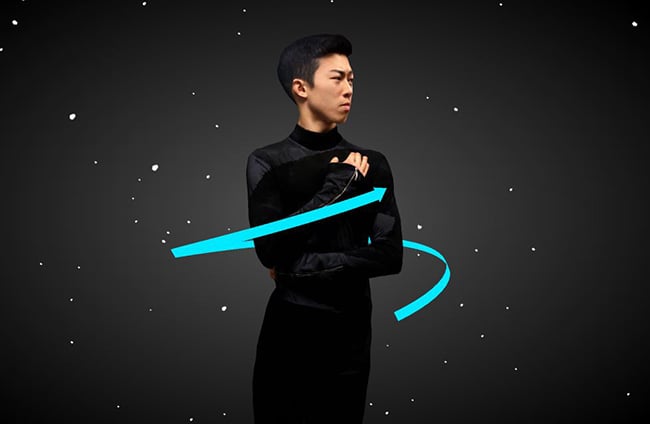
Shortly after launching its AR app, the Times published a handful of AR models of Olympic athletes, mid-motion. Image courtesy of the New York Times.
The second point of interest is that it seems we’re starting to actually uncover the best use cases of AR content.
“(Augmented reality) is a new pathway that can lead away from the abstract depiction of objects and towards a more visceral sense of real-life scale and physicality,” the Times said. Meaning, users can get a closer look at a painting or construct a border wall in their own living rooms. The claim is that these digital objects have “provocative explanatory value” at scale and give people the chance to get close. That’s a use case I can get behind.
Earlier this year, TIME released an AR issue in partnership with RYOT where readers could supplement their reading with behind-the-scenes videos, infographics and animations. For example, the cover features an animated narration by Bill Gates (the issue’s guest editor) about child survival rates around the world.
Unlike the experiences of the Times and the BBC, TIME’s approach feels more like an improved version of yesteryear’s QR-codes rather than AR. Users scan AR-enabled pages through the LIFE VR app for iOS and Android to launch companion content, some of which is grounded on the physical page of the magazine while most of which seems more like supplemental digital content. It was good content, it just wasn’t AR at its finest.
Thirdly, hopefully AR content is becoming a bit easier to use.
Back in May 2016, the Washington Post recreated the events leading up to the death of Freddie Gray in augmented reality. It was a great use of AR, but the delivery was limited by 2016 technology. In that experience, users had to download a third-party app and point their smartphone’s camera at a particular Washington Post logo to launch the experience.
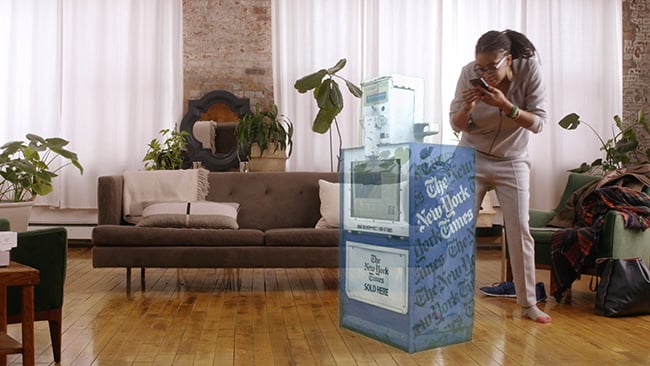
The first AR experience launched on the Times’ app allowed users to place augmented honor boxes, seen here. Image courtesy of the New York Times.
The BBC and the Times have both built in-house apps to deliver their AR content: the BBC with one app dedicated to one particular AR experience, the Times with one app devoted to all its AR experiences.
Also worth noting is that, last month, Google announced it was working to bring AR to Chrome. Browser-based AR would mean that users won’t have to download a new app for each AR experience from every news organisation.
The BBC is already researching WebVR, following the launch of BBC Reality Labs last September, but will hopefully expand this research to include WebAR (if they haven’t already).
It’s also promising that this AR content can stand on its own, outside of a headset. In that way, mobile-based AR is sort of like watching 360 video content on a smartphone or desktop. Although it’s cooler to watch in a headset (or AR glasses), we can still move the tech forward even if people aren’t “there” yet.
The bottom line is that AR for news is growing up, from the realm of gimmicks to the real purpose of news.
Tags: VR & AR


Comments